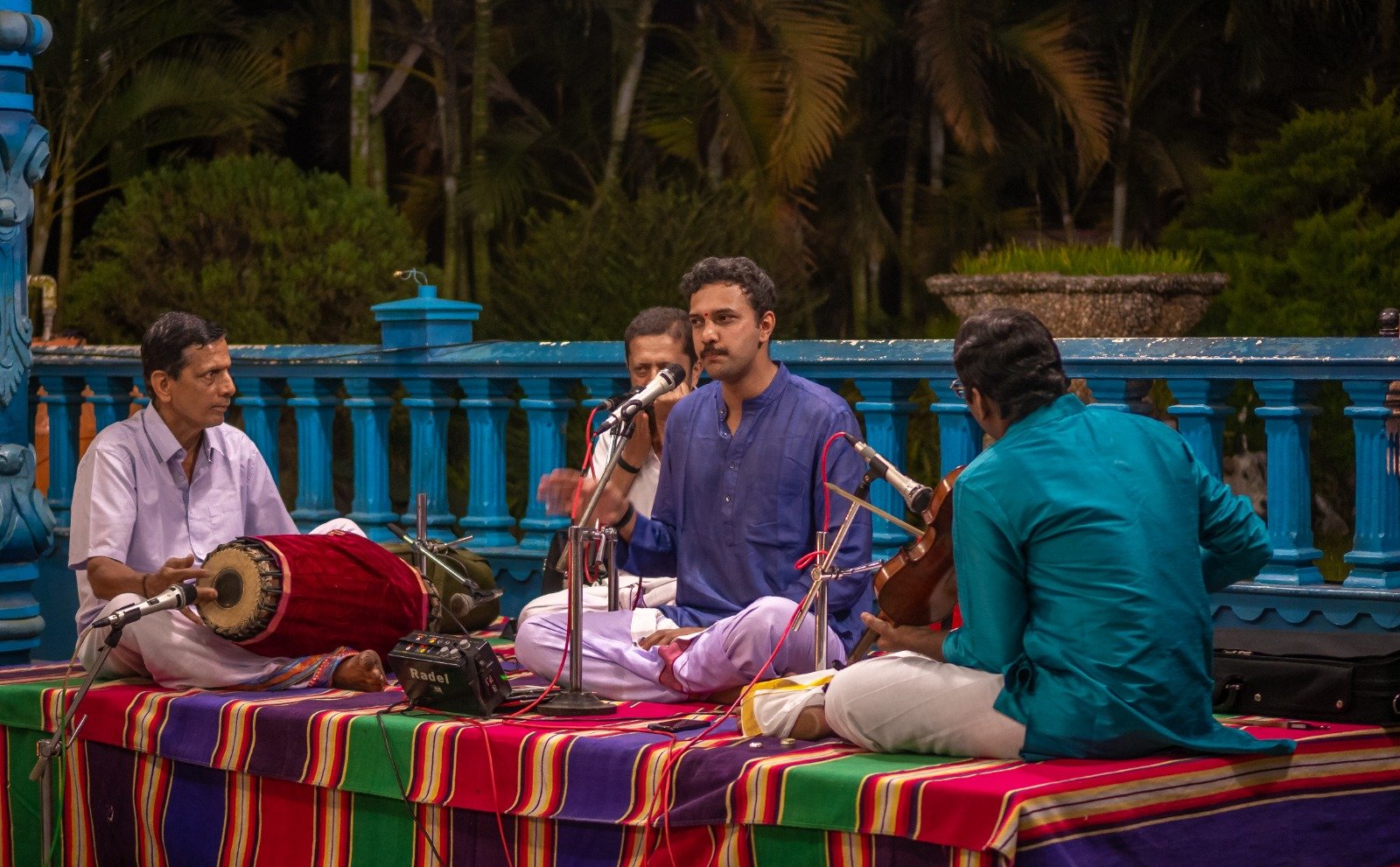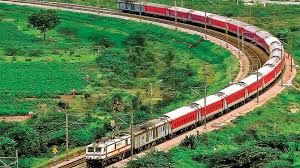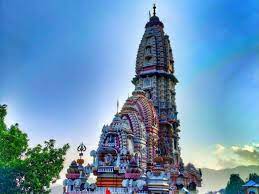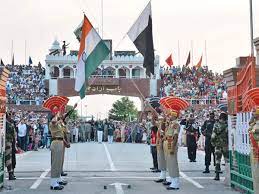INDIAN CLASSICAL MUSIC IS AN EMOTION

The origin of Indian classical music is believed to be from the Vedas. Music is discussed in depth in Samveda. Indian classical music has been deeply influenced by spirituality, so it originated as a means to attain 'Moksha', the ultimate goal of human life. The importance of music is also clear from the fact that Indian teachers have given it the noun of 'Pancham Veda' or 'Gandharva Veda'. Bharatmuni's 'Natyasastra' was the first such book, in which the basic principles of drama, dance, and music were rendered.
HISTORY
'Indian Classical Music' is an integral part of Indian music. The Vedas, composed about three thousand years ago, are considered to be the original source of music. It is believed that Brahma gifted music to Narada Muni. Among the four Vedas, the mantras of the Samaveda were chanted with the use of all seven swaras according to the Vedic Saptaka or Samagana of the time. According to the guru-shishya tradition, the disciple received the knowledge of the Vedas orally from the guru. There was no possibility of any kind of change in them. In this way, due to the absence of any written form of Vedas and music in ancient times, their original form got lost. 'Natyasastra', composed by Bharatamuni, is considered to be the first written evidence of the history of Indian music. There are many differences of opinion regarding the time of its composition. Many aspects of today's Indian classical music find mentioned in this ancient text. After Bharatmuni's 'Natyasastra', 'Sangeet Ratnakar' composed by Sharangdev is considered to be the most important book from a historical point of view. Music and dance are described in detail in this seven-chapter treatise written in the first half of the 12th century.
HINDUSTANI CLASSICAL MUSIC
Hindustani classical music is one of the two foremost genres of Indian classical music. Also referred to as North Indian classical music or Shastriya Sangeet it originated from the 12th century CE. Lord Krishna and the prettiness of the natural world are the key themes of Hindustani music. Composition in this mode spotlights more on the arrangement and the potential of the component in it. In this style, the level of pure swara octave or octave of natural vowels has been adopted. This music has seven essential notes with five combined half-notes, resulting in a total of a 12-note scale. The recital is positioned to a harmonious pattern known as raga distinguished in a division by detailed Aroha and avaroha series, vadi and samavadi notes, and traits pakad. Ragas can be invented from several sources, incorporating sacred hymns, folk melodies, and music from the exterior of the Indian subcontinent. Hindu musicians can be addressed as Pandit and those who are Muslim may be referred to as Ustad. Hindustani classical music consists of ten core ways of singing such as Dhrupad, Dhamar, Hori, Khayal, Tappa, Chaturanga, Rassagar, Tarana, Sargam, and Thumri. Dhrupad is said to be the former singing technique of Shastriya Sangeet, whose originator is assumed to be Swami Haridas.
CARNATIC MUSIC
Carnatic music is the antique classical music that originated in South India and is believed to be divine in origin. Starting off about 2500 years ago, Carnatic music originates its name from the Sanskrit word ‘Karnataka Sangam’, which refers to "traditional" or "concerted" music. It is the ancient and richest music in the world, the current form of which is considered to be based on the ancient progress of the fifteenth -sixteenth century and beyond. Carnatic music’s fundamental structure is monophonic with 72 scales, and a rich eight-note rhythm. It has got a miscellaneous musical and rhythmic composition. The two key essentials of Carnatic music are 'Raga' and 'Tala'. Its music foundation is considered to be 'God'. Carnatic music began during the time of the Vijayanagara Empire, when the Haridas movement took place under the guidance of Vyasaraja, Purandara Das, Kanakadas, and others. The vital ethics of this music were put together by Purandara Das. The father of Carnatic music has produced about 4,75,000 compositions. The foremost aspects (elements of singing) of Carnatic music are sruti (pitch), raga (voice), swara (sound), tala (beat), kriti (song), and varnam (notes). The five most important styles of singing are Raag Alapana, Niraval, Kalpaneshwaram, Thanam, and Ragam Thanam Pallavi. Carnatic music has its origins in the South Indian states of Tamil Nadu, Kerala, Andhra Pradesh, and Karnataka.
You may like post

HIDDEN INDIAN SITES WORTHY OF UNESCO
Exploring India’s Sites That Should Be on the UNESCO World Heritage List

WITNESS THE MAGIC OF TULIP SEASON ACROSS INDIAs SCENIC LANDSCAPES
Discover Tulip Blooms in India’s Most Beautiful Spring Destinations







